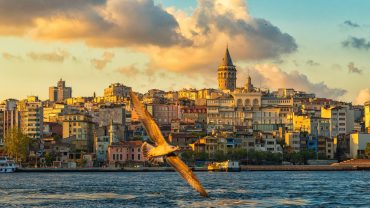Siirt (Greek: Σύρτη) is a city in southeastern Turkey and the seat of Siirt Province. The population of the city according to the 2009 census was 129,188. The majority of the city’s population is Kurdish. Is a city in southeastern Turkey and the seat of Siirt Province. The population of the city according to the 2009 census was 129,188. The majority of the city’s population is Kurdish[6] although a significant Arab population lives in the town.
History
The Hurrians first settled in the region some four thousand years ago. Later, Hurrian-speaking people founded the Kingdom of Mitanni that also encompassed the area of Siirt Province and lasted from around 1500 BCE to 1300 BCE.
Previously known as Saird, in pre-Islamic times Siirt was a diocese of the Eastern Orthodox Church (Sirte, Σίρτη in Byzantine Greek). In the medieval times, Arzan was the main city and it competed with Hasankeyf over the control the region, Siirt was only to become a center of the region in the 14th century. But it was still dependent from Hasankeyf until the 17th century. An illuminated manuscript known as the Syriac Bible of Paris may have originated from the Bishop of Siirt’s library, Siirt’s Christians would worshipped in Syriac, a liturgical language descended from Aramaic still in use by the Chaldean Rite, other Eastern Christians in India, and the Nestorians along the Silk Road as far as China. The Chronicle of Seert was preserved in the city; it describes the ecclesiastical history of the Persian realm through the middle of the seventh century. From 1858 to 1915 the city was the seat of a bishop of the Chaldean Catholic Church. Most of the city’s Assyrians, including Addai Scher their archbishop were killed during the Assyrian Genocide along with the loss of the Syriac manuscript of Theodore of Mopsuestia’s De Incarnatione.
Landmarks
The city’s landmark is the Great Mosque (Ulu Cami) built in 1129 by the Great Seljuk Sultan Mahmut II who belonged to the main branch of the dynasty that ruled from Baghdad after this Turkish Empire had split into several branches. The mosque was restored in 1965.
Christian history
In pre-Islamic times, Siirt was an episcopacy of the Byzantine Church. An illuminated manuscript known as the Syriac Bible of Paris may have originated from the Bishop of Siirt’s library, Siirt’s Christians would have worshipped in Syriac, a liturgical language related to Arabic still in use by the Chaldean Rite, other Eastern Christians in India, and the Nestorians along the Silk Road as far as China.
Economy
Siirt is famous in Turkey for its hand-made blankets (Siirt battaniyesi). Many visitors find themselves departing with one offered as a present. The traditional kilims produced by the Jirikan clan (aşiret Arabic: عشیرة) and revived since 1996 through joint efforts involving official instances and citizens are also much prized. Another product of interest is the Bıttım soaps proper to the region. Siirt also has an extremely rich culinary and spa culture. Depending district centers of Aydınlar (former Assyrian-rooted name was Tillo) with its historical medrese is renowned as a religious center and Pervari for its honey based on the particularly rich flora.





Comment (0)